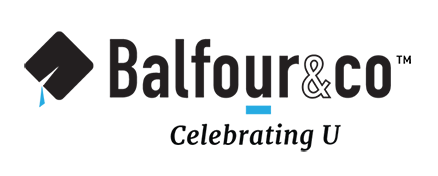
Creating an objective, balanced yearbook that fairly represents the student body requires deliberate attention to detail and a clear strategy. When covering school events, community issues, or even national topics, yearbook staff must approach stories thoughtfully to maintain journalistic integrity and avoid bias.
This guide offers practical steps for selecting and covering stories in ways that are fair, accurate, and considerate of diverse perspectives. By following these guidelines, yearbook staff can ensure that the yearbook becomes a valuable, respectful, and inclusive record of the school year.
1. Evaluate Stories for Relevance and Fairness
When selecting stories, ensure they’re meaningful to a broad range of students and align with the community's values. Focus on stories that genuinely represent the diverse experiences of the student body, avoiding topics that might favor particular groups or viewpoints.
2. Choose Reliable and Diverse Sources
Gather insights from a range of reliable sources. A balanced story relies on perspectives from various parts of the school community, avoiding any single viewpoint or set of experiences. Surveys across a broad group can help you achieve a fair representation of student opinions.

3. Frame Stories with a Constructive Perspective
Tell stories in a way that emphasizes growth, resilience, or positive impact. Avoid sensationalism or excessive focus on negative aspects, and instead look for an angle that highlights lessons learned or positive community changes.
4. Use Neutral, Objective Language
Avoid loaded language, dramatization, or personal opinions in your writing. A neutral tone helps prevent the story from leaning too heavily toward any one perspective. Ensure the sentences the staff writes for captions, headlines, and descriptions are factual and free from bias. Quotes attributed correctly may contain opinions.
5. Present the Complete Story
For complex or challenging topics, include all relevant sides of the story. Capture reactions, outcomes, and community responses to give a well-rounded view. This approach avoids one-sided narratives and provides a balanced portrayal of events.
6. Localize Stories for Personal Connection
To keep coverage authentic and grounded, focus on local impacts, specific people, and events within your school community. Personal stories resonate more with readers, avoid generalizations, and reduce the risk of presenting topics in a one-sided way.

7. Establish Clear Editorial Guidelines for Student Journalists
As a student-run publication, having a clear editorial policy helps avoid bias and fosters a consistent standard. Set expectations for accuracy, integrity, and objectivity. Define the approval process for stories, captions, and images to ensure that all content reflects the school’s values. Establishing an editorial framework helps students make ethical choices, work collaboratively, and maintain journalistic standards, empowering them to cover stories responsibly while learning from the process.
Don’t Miss the Winter Great Shot Photo Contest!
Creating a GREAT yearbook starts with taking GREAT SHOTS. Submit your top photos from January 7th–31st, 2025, for a chance to win exciting prizes! This is your opportunity to showcase your skills, highlight your best work, and celebrate your love for photography.
Categories & Prizes:
- Assignments: Emotion and Freeze the Frame
- 1st Place: $500 VISA® gift card
- 2nd Place: $250 VISA® gift card
- 3rd Place: $100 VISA® gift card
- People’s Choice Award: $50 VISA® gift card for top votes in each category
- K-8 Category:
- 1st Place: $300 VISA® gift card
- 2nd Place: $100 VISA® gift card
How to Enter:
- Tag us on Instagram @BalfourYearbooks and use the hashtag #BalfourGreatShot25.
- Or, submit your photos using this form.
- You can enter up to three photos!
Don’t wait—start capturing your GREAT SHOTS today! 🌟

